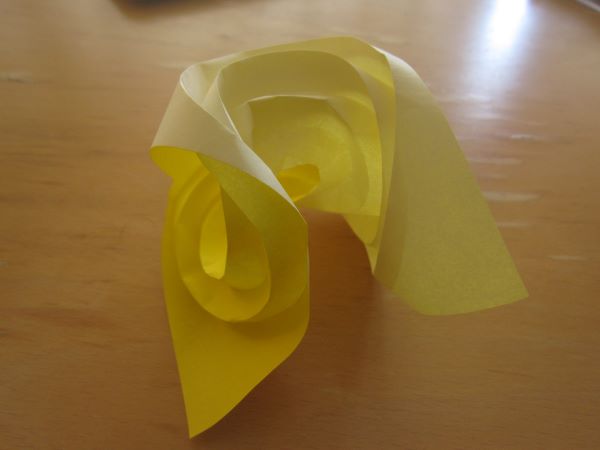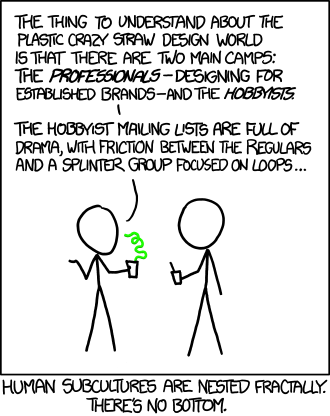Boys Don’t Cry (Except When They Do) | Pop Culture Detective (video, 27:25 min) – A detailed examination of movie tropes surrounding men crying. Have I ever told the anecdote about how I used to cry when I was in elementary school? The other kids would make fun of me, and I actually went to counseling because of it. My counselor was a wonderful person who taught me a lot of important life skills, so I can’t say I regret how it turned out. Telling boys they can’t cry is bad though, and hits really young.
Queer Games Criticism in 2021 (so far) | Critical Distance – It’s a link roundup of queer games criticism. Yes, I’m plugging this partly because I’m in it.
If I were to highlight one piece, it would be Speedrunning Undertale helped me understand my gender better. I’ve been reading queer games criticism for many years, so I’m very aware of the idea that speedrunning is “queer” in the sense of subverting the normative goals of playing a game–much like how queer people subvert the normative goal of forming a heteronormative family. If that sounds weird, well that’s what academic queer theory is always like. I think I’m not alone in having a hard time actually buying the theory that speedrunning is queer. But this essay uses personal narrative to make it much more compelling, so I really appreciated it.


